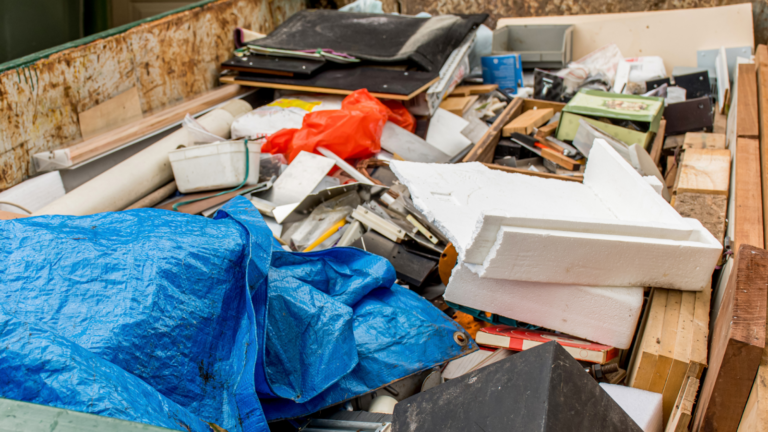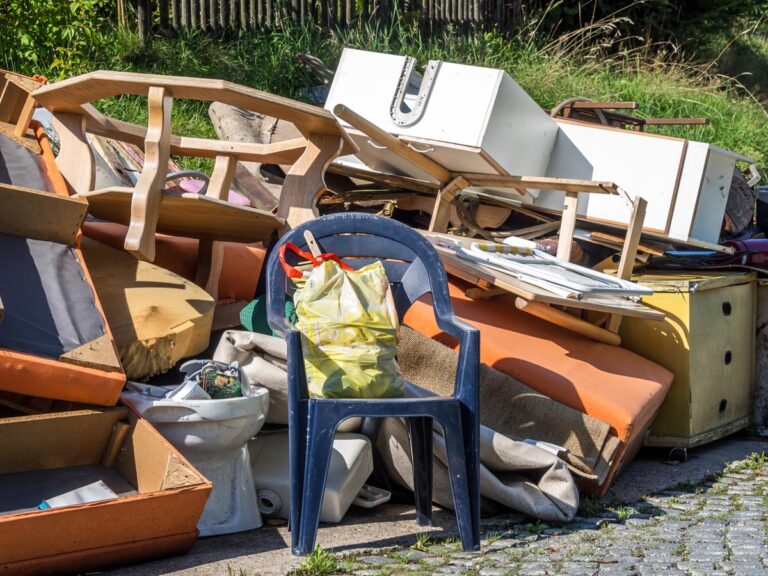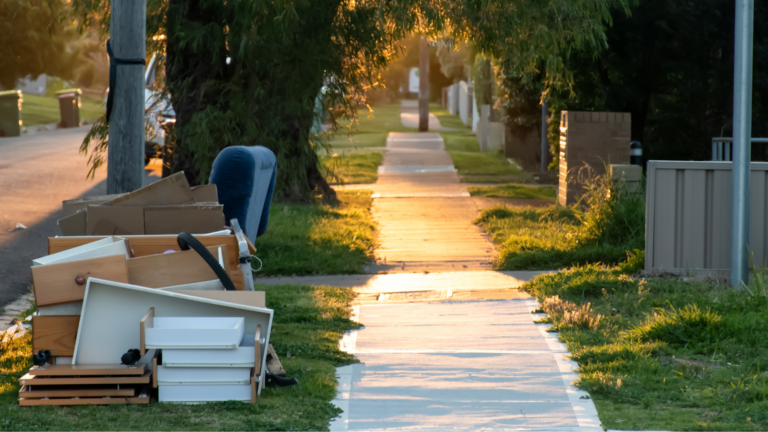The dumping and burying of rubbish in landfills is not a reasonable alternative for decreasing the amount of waste in the world. There is simply not enough available space, horizontally or vertically, for billions of tons of this highly polluted material to be safely deposited annually. For this purpose, in so many nations, incineration is used.
The burning process of the waste in a district, town, city, or county is known as incineration. It is unlikely for the world to continue dumping waste into landfills. Many people assume that incineration facilities provide an option that is safer, tidier, and less land-consuming.
Moreover, municipal incineration plants have been existing for a while, even though they are not as popular as landfills, so there is nothing experimental or theoretical about this choice. Nevertheless, despite the gain of a large decrease in waste, incineration still has drawbacks that make it harmful at the same time. Here are the reasons why incineration should not always be a waste disposal option.
Emission of Toxic or Hazardous Pollutants
In contrast to older incineration facilities that were lax, modern incineration plants have reduced the emissions of toxic poisons like dioxin and heavy metals are now at a minimum. Yet there are still emissions, and pollutants such as dioxin, mercury, and arsenic are not absolutely safe at any stage for humans or animals.
Many who criticize the power of recycling and reducing waste oppose municipal incineration plants that neglect the fact that there is at least some reason for people’s concern about air quality. Incineration plants remain tremendous emitters of carbon dioxide, the gas that is most responsible for anthropogenic climate change, even when using the best technologies. That is why, the common reason why incineration projects tend to fail is due to its toxic emissions that is still widely debated.S
Threatening Public Health Safety
It’s not just the environment that suffers most from the devastating effects of incineration, but humans are also not excused. In the form of health diseases such as cancer, respiratory issues, birth defects, reproductive dysfunction, and neurological problems, long-term effects of incineration come in communities where incinerator plants are nearby. Additionally, even when communities have low exposure to metals and pollutants, the diseases caused by pollutants released by incineration facilities are still rampant.
Potential Long-term Problems
Recycling and waste reduction are not encouraged by incineration. For every culture, this is not a good tactic. The focus should be on waste reduction and the recycling of most of it. Just burning most of the waste without recycling some of it will only cause damage to the environment because it can encourage more waste production.
Ash Waste Potentially Harming People and the Environment
Although the ash that stays can be relatively small in quantity from the process, it contains several toxins and heavy metals that require further treatment. It can cause serious harm to the public and the environment if not disposed of correctly.
Dangers in Opportunity Costs
Some critics argue that incineration ultimately promotes more waste production because incinerators require large amounts of rubbish to keep the fires burning. Local authorities may opt for incineration over programs for recycling and waste reduction. In this way, if the chance to produce more is available, the aim of recycling and waste reduction will be discouraged and defeated by incineration.
Incineration, as zero-waste advocates believe, is not a wise approach for any community. How to decrease waste and to make the most of recycling should be the focus. Just burning everything we waste, and no matter how much we waste, we only cause environmental damage.
Conclusion
No matter how beneficial the incineration is, there is still an effect that may cause harm to everyone. There are many problems faced by incineration and a few of which are very extreme and terrifying. From the chimneys, incinerators emit smoke that contains nitrogen oxide, particulates, heavy metals, acid gases, and dioxin. These gases are either toxic to the atmosphere or individuals living nearby.
At Paul’s Rubbish Removal, you count on us with your rubbish from recycling, reducing and reusing. We are one team aiming to apply environmental friendly waste collection techniques for Australia’s rubbish. We have a highly efficient workforce who will remove all your recyclable junk materials and other household rubbish. We also offer same-day rubbish removal service. We have over ten years of industry experience in providing comprehensive and eco-friendly rubbish removal services in Sydney. To schedule a rubbish removal service, call us on 0407 125 125 or book online.







